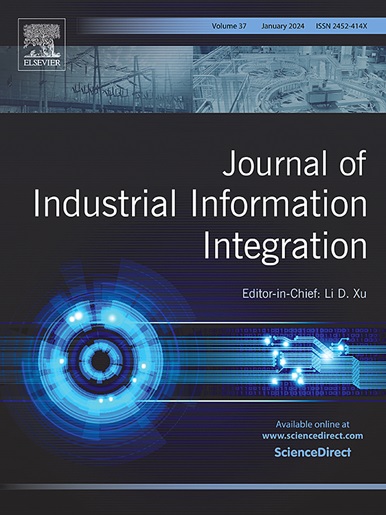Cross-patch graph transformer enforced by contrastive information fusion for energy demand forecasting towards sustainable additive manufacturing
IF 10.4
1区 计算机科学
Q1 COMPUTER SCIENCE, INTERDISCIPLINARY APPLICATIONS
引用次数: 0
Abstract
We propose an effective deep learning method, called Cross-patch Graph Transformer, for predicting the energy demand of Additive Manufacturing (AM) products, which helps to determine the solution with minimal fabrication energy for sustainable AM. This novel method can predict the energy demand of intricate structures by training with simple structures, which alleviates the expensive burden of collecting training data. Our method efficiently integrates node-level, patch-level, and image-level information from part geometry, enabling precise energy demand predictions for products manufactured using AM technology. This approach contributes methodological insights into developing a contrastive information fusion model that enhances energy-related representations even with limited data resources. The incorporation of the cross-patch interaction module enables the method to effectively capture structural relationships, enriching the learning process. Extensive experimental results show our method achieves a higher mean prediction accuracy of 98.3%, validating the effectiveness of our approach across a diverse set of intricate structures. This method not only provides a robust and quantitative tool for identifying optimal solutions with minimal energy demand during the manufacturing of complex structures, but also holds the potential to drive the evolution of computer-aided design towards more sustainable AM practices.
求助全文
约1分钟内获得全文
求助全文
来源期刊

Journal of Industrial Information Integration
Decision Sciences-Information Systems and Management
CiteScore
22.30
自引率
13.40%
发文量
100
期刊介绍:
The Journal of Industrial Information Integration focuses on the industry's transition towards industrial integration and informatization, covering not only hardware and software but also information integration. It serves as a platform for promoting advances in industrial information integration, addressing challenges, issues, and solutions in an interdisciplinary forum for researchers, practitioners, and policy makers.
The Journal of Industrial Information Integration welcomes papers on foundational, technical, and practical aspects of industrial information integration, emphasizing the complex and cross-disciplinary topics that arise in industrial integration. Techniques from mathematical science, computer science, computer engineering, electrical and electronic engineering, manufacturing engineering, and engineering management are crucial in this context.
 求助内容:
求助内容: 应助结果提醒方式:
应助结果提醒方式:


